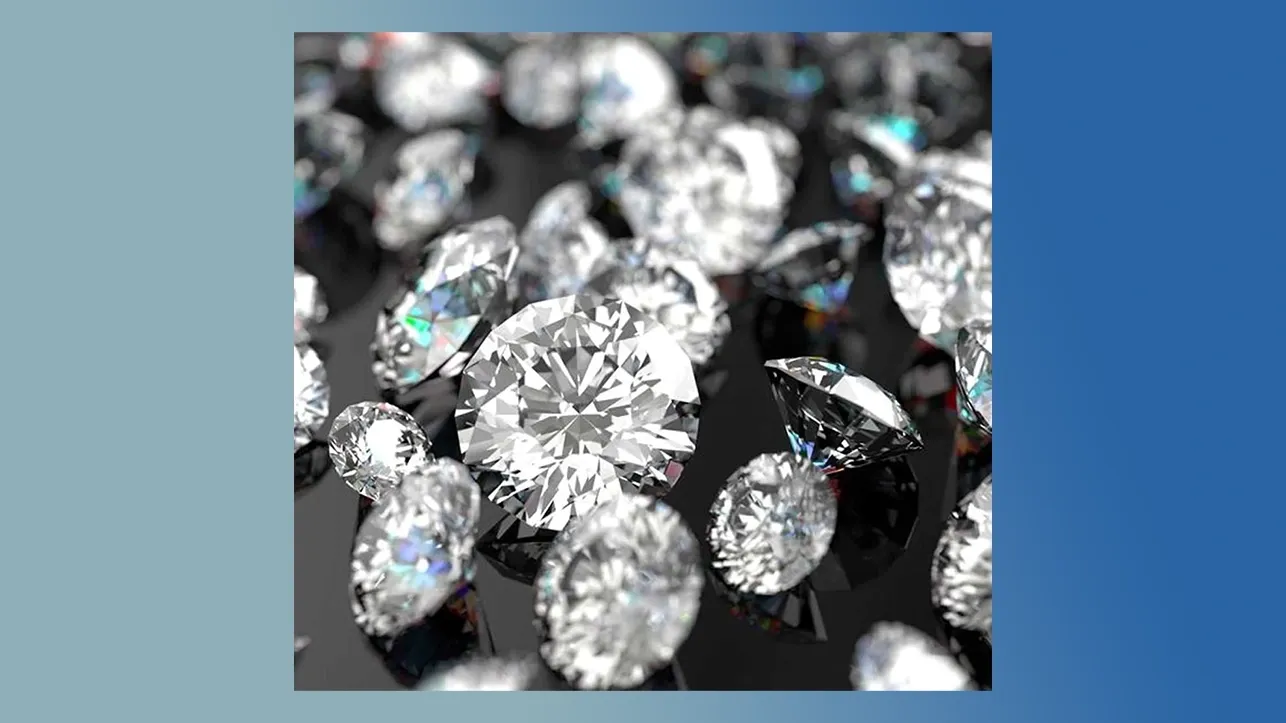Why Are Diamonds So Expensive

Diamonds, with their captivating brilliance and timeless allure, have long held a special place in human culture and history. Yet, beyond their mesmerizing beauty lies an intriguing question: why are diamonds so expensive? In this blog post, we embark on a journey to demystify the factors that contribute to the steep price tag associated with diamonds. Join us as we explore the geological wonders, craftsmanship, and market dynamics that make diamonds one of the world's most valuable and sought-after gemstones.
1.The Marvel of Diamond Formation
Diamonds are forged deep within the Earth's mantle under extreme pressure and temperature conditions. This natural process, which can take billions of years, transforms carbon atoms into the crystalline structures we recognize as diamonds. The rarity and geological complexity of diamond formation are among the primary reasons behind their high cost.
2.Scarcity Amidst Abundance
While diamonds may seem abundant in the market, only a fraction of mined diamonds meet the stringent criteria for quality and size. The vast majority of mined diamonds are unsuitable for use in jewelry due to imperfections, making truly exceptional diamonds scarce and highly prized.
3.The 4 Cs of Diamond Quality
Diamonds are graded based on the "Four Cs": cut, color, clarity, and carat weight. Each of these factors plays a significant role in determining a diamond's value. Exceptional diamonds with perfect or near-perfect grades in these categories command premium prices.
4.The Art of Diamond Cutting
The process of transforming a rough diamond into a dazzling gem is an art form in itself. Master diamond cutters carefully study each diamond's unique characteristics to maximize its brilliance and fire. The precision and craftsmanship involved in diamond cutting contribute to their high cost.
5.Diamonds in History and Culture
Diamonds have symbolized love, wealth, and power throughout history. From royal crowns to engagement rings, they have played a significant role in cultural traditions. The emotional and historical significance attached to diamonds adds to their desirability and cost.
6.The Diamond Mining Industry
The diamond mining industry is complex and often involves challenging and remote operations. Environmental regulations, ethical sourcing, and labor practices have increased the cost of diamond mining. These factors, along with the risks involved, contribute to the price of diamonds.
7.The Global Diamond Market
The diamond market operates under a unique set of supply and demand dynamics. The controlled release of diamonds by major producers, known as the "diamond pipeline," regulates supply and maintains stable prices. Additionally, global demand for diamonds as symbols of love and commitment continues to drive their cost.
8.Conflict-Free and Ethical Diamonds
Ethical concerns have led to the establishment of standards like the Kimberley Process, which aims to prevent the sale of "blood diamonds" that fund conflict. Ethical and conflict-free diamonds may come with certification, further influencing their cost.
9.Investment Value of Diamonds
Beyond their aesthetic appeal, diamonds are considered valuable assets. They have a track record of retaining and appreciating in value over time, making them attractive to investors.
The allure of diamonds extends far beyond their dazzling beauty; it is intertwined with their geological origins, craftsmanship, cultural significance, and market dynamics. While diamonds may be expensive, their enduring appeal as symbols of love and luxury ensures they remain a treasure worth cherishing. In the grand tapestry of Earth's natural wonders, diamonds shine as both geological marvels and timeless expressions of human emotion and aspiration.
